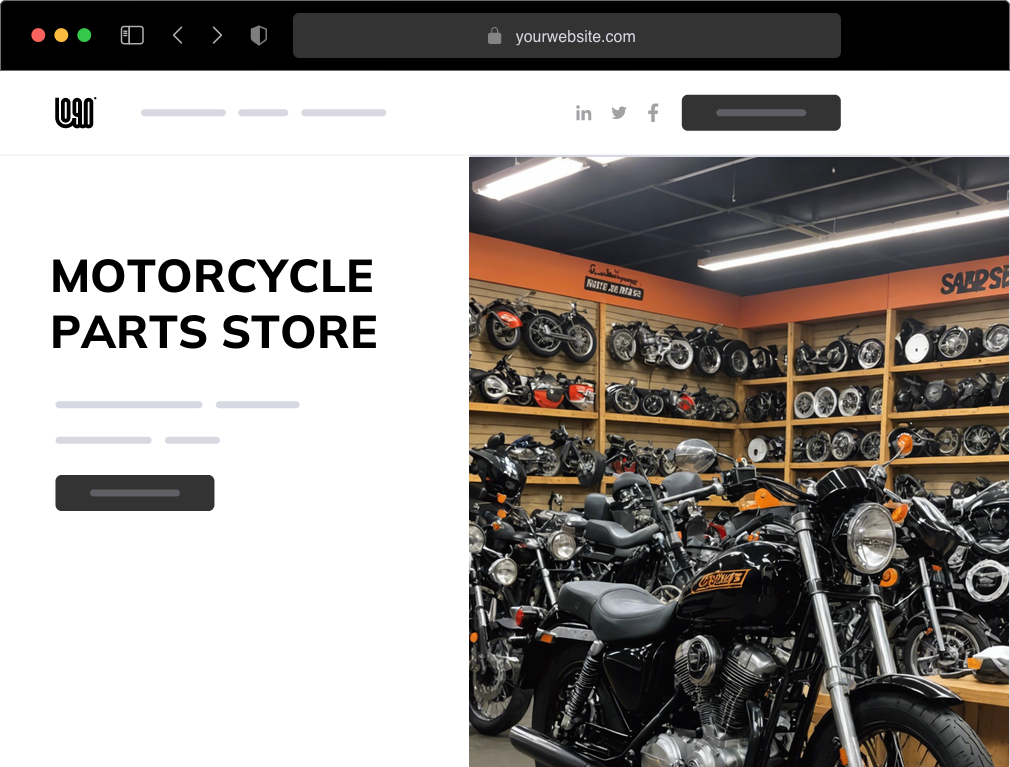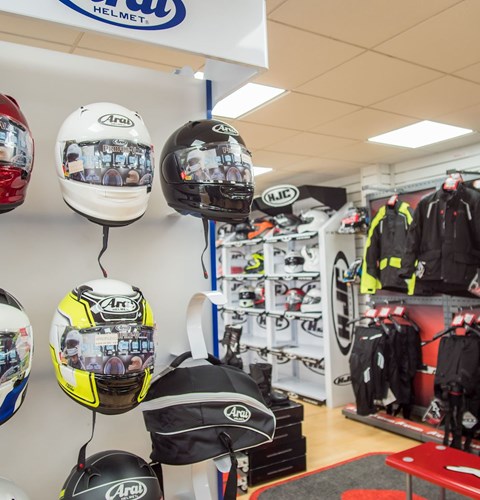Discover High Quality Moto Parts NZ for All Your Motorcycle Needs
Discover High Quality Moto Parts NZ for All Your Motorcycle Needs
Blog Article
Mastering Bike Gears: Just How to Maximize Your Riding Experience
In the world of motorcycling, understanding the art of equipment adjustment is critical for improving your riding efficiency. Effectively utilizing and recognizing bike equipments can substantially affect control, acceleration, and fuel performance, changing a typical ride right into a smooth, exciting journey. By including exact shift timing and adjusting equipment selection to numerous roadway conditions, riders can make certain ideal engine performance and safety and security. The nuances of clutch control, throttle coordination, and equipment auto mechanics beckon a much deeper exploration, assuring to unlock the complete capacity of your machine. Just how can these methods be harnessed to genuinely optimize your riding experience?
Comprehending Equipment Mechanics
At the core of bike characteristics, equipment auto mechanics play a critical role in converting engine power right into activity, eventually dictating speed and control. The equipment proportions, thoroughly developed, determine the partnership in between engine transformations and wheel turns, impacting velocity and gas effectiveness.
Understanding equipment technicians begins with recognizing the value of the transmission, which houses multiple equipments of differing sizes. These equipments engage through a procedure understood as meshing, where teeth of different equipments engage to transmit power. The accuracy of this interaction is essential; any kind of imbalance or damage can cause inefficient power transfer, preventing performance. Additionally, the plan and size of equipments influence the bike's capacity to handle different loads and rates.
Furthermore, the principle of gear shifting is important to making the most of efficiency. Smooth and timely shifts make certain that the engine runs within its optimum power band, preventing unnecessary strain and improving durability (motorbike shop). By understanding these mechanical intricacies, bikers can accomplish a harmonious blend of control, efficiency, and power, raising their riding experience
Timing Your Changes
Change timing proficiency is important for enhancing motorbike efficiency and boosting the riding experience. Properly timed shifts guarantee that the engine operates within its ideal power band, which is vital for keeping control, attaining smooth velocity, and making certain the longevity of the motorcycle. Bikers should establish an user-friendly sense of when to move gears, which includes comprehending the connection between engine revolutions per minute (RPM) and speed.
To master change timing, pay very close attention to the engine's sound and really feel, as these give essential ideas concerning when to change equipments. The excellent change factor normally happens when the engine comes close to the top variety of its power band without getting to the redline. Moving as well early can lead to an absence of power, while moving too late may create unnecessary engine strain
Additionally, road problems and riding style impact shift timing. In comparison, during highway riding, less shifts at higher rates can be much more ideal.
Enhancing Fuel Performance
While mastering bike gears is important for efficiency, boosting fuel performance is just as crucial for both environmental and economic factors. Optimum fuel usage not just lowers operational expenses however additionally minimizes the environmental impact of riding. To attain this, one must comprehend the complex partnership between gear choice and engine performance.
To start with, picking the right gear at suitable speeds can dramatically influence gas consumption. Riding in a higher gear at lower speeds can result in engine carrying, which is damaging to both gas economic situation and engine health. Conversely, riding in lower gears at broadband results in unnecessary fuel consumption. Thus, maintaining an optimal balance by shifting gears in alignment with roadway problems and prepared for maneuvers is essential.
Additionally, regular upkeep plays a crucial duty in gas performance. Ensuring that the motorcycle is well-tuned, with tidy air filters and effectively blew up tires, can improve aerodynamics and reduce fuel wastage. Taking on a riding design that accepts gradual velocity and smooth deceleration can contribute to far better fuel economy.

Techniques for Smooth Transitions
Attaining smooth gear changes is essential to boosting the riding experience and making sure the longevity of a bike's transmission system. Proper equipment shifting not just adds to a smooth ride yet also lessens wear and tear on the mechanical parts. To master the art of smooth shifts, riders need to concentrate on a couple of vital methods.

Secondly, clutch control plays an essential duty. Involving and disengaging the clutch smoothly needs method. The clutch bar need to be released gradually, enabling for a smooth transfer of power from the engine to the wheels without creating a shock or sudden movement.

Adjusting to Roadway Problems
Browsing varied road conditions is a vital ability for any type of motorcyclist aiming to maintain control and safety. Whether you're riding on wet surface areas, crushed rock roads, or browsing doglegs, your ability to adapt your equipment use and riding strategy is paramount. Understanding just how to adjust your equipments properly can considerably affect traction and security, guaranteeing a more secure journey.
On wet roads, it is suggested to preserve higher gears to minimize torque and minimize wheel spin. This technique aids maintain grasp on motocross gear slippery surfaces, enabling smoother velocity and slowdown. In contrast, when riding on gravel or uneven surface, lower gears are better. Reduced gears give much better control and allow you to react more swiftly to unanticipated modifications in the roadway surface.
Sharp curves require precise gear monitoring to balance rate and control. Downshifting before getting in a curve can assist maintain momentum while making certain the motorbike continues to be steady throughout the turn. Regular practice in different conditions improves your capacity to anticipate and react to adjustments in road structure and slope.
Conclusion
Grasping bike gears substantially boosts the riding experience by improving velocity, gas, and control efficiency. A complete understanding of equipment mechanics and exact change timing ensures the engine operates within its optimal power band, while smooth shifts with reliable clutch and throttle control increase comfort and performance. Adapting gear choice to numerous roadway problems, such as making use of higher gears on wet surfaces and lower gears on gravel, more enhances handling and safety. Ultimately, these skills elevate the general trip.
Comprehending gear mechanics starts with identifying the relevance of the gearbox, which houses multiple gears of differing dimensions. These gears interact via a procedure understood as meshing, where teeth of different equipments involve to transfer power (motorcycle shop). Mild modifications to the throttle during equipment shifts can prevent jerky activities and preserve a consistent riding rate
Whether you're riding on wet surfaces, crushed rock roads, or browsing sharp turns, your capability to adapt your equipment usage and riding strategy is vital. Adapting equipment selection to numerous road conditions, such as utilizing higher equipments on wet surface areas and lower equipments on gravel, more improves handling and safety and security.
Report this page